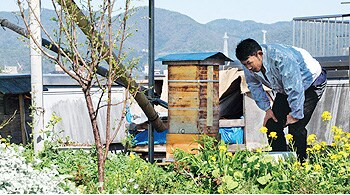Construction of the new head office building at Sanjo Works was completed in June 2014.
The new building not only serves to consolidate head office functions within the Sanjo Works site, but also incorporates a variety of environmentally-friendly features.In terms of the Kyoto standards for the Comprehensive Assessment System for Built Environment Efficiency (CASBEE), which also evaluates buildings based on how well they typify Kyoto, the building earned an "S" score, which is the highest available.
In addition, a new 8,000 m2 Shimadzu Forest space was installed on the south side of the new head office building. This green space earned an AAA score, the highest available, from the Japan Habitat Evaluation & Certification Program (JHEP), a program developed and operated by the Ecosystem Conservation Society-Japan to objectively and quantitatively evaluate biodiversity conservation or restoration measures.
Shimadzu intends to continue maintaining and conserving this thriving ecosystem in the future as well.
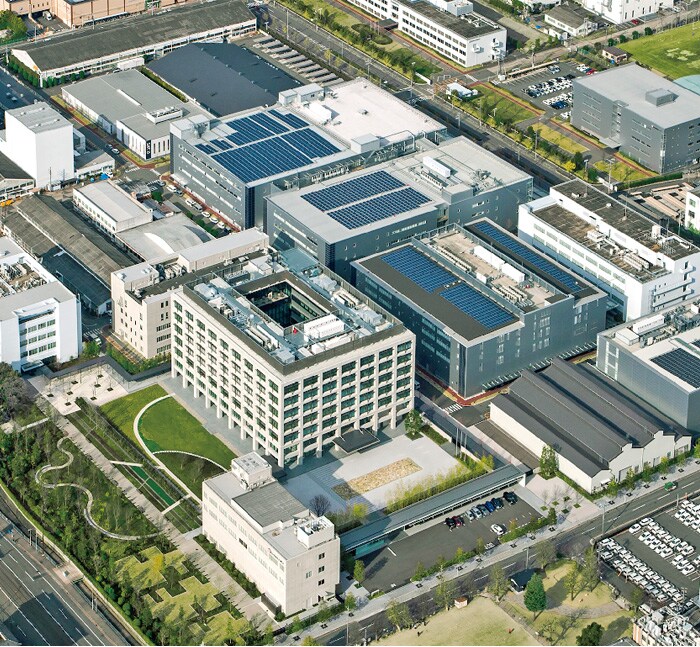
Active Use of Lumber Produced in Kyoto Prefecture
In an effort to promote local production for local consumption and the local lumber industry, traditional Japanese cedar (cryptomeria japonica) wood from the Kitayama area north of Kyoto was used for the tables, shelves, and other woodwork in the meeting rooms for receiving visitors. This resulted in being awarded the 2014 Kyoto governor's award for facilities that utilize lumber produced in Kyoto prefectures.
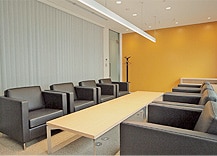
Natural Ventilation System
Depending on the position of ventilation windows and air intake louvers, fresh air is delivered inside the building by natural ventilation to minimize the use of air conditioning inside the building during spring and fall seasons.
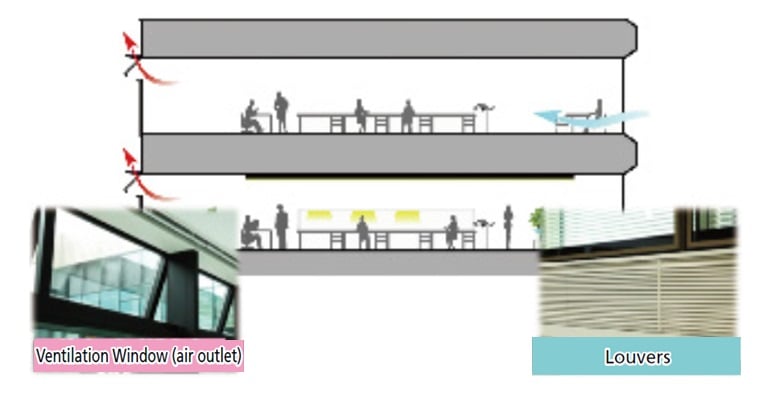
Radiant Heating/Cooling System
Each floor is heated or cooled using a system that gently exchanges heat via radiant panels installed in the ceiling, through which cooled or heated water is circulated. That provides a comfortable office space with a relatively uniform interior temperature and no direct exposure to cold or hot air flows.
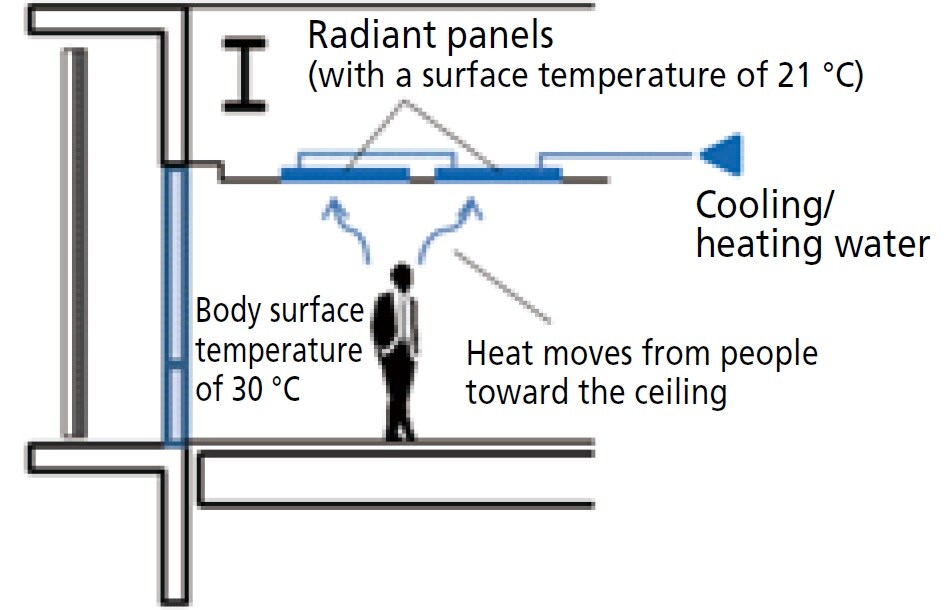
Natural Light Intake and Illumination Sensor
A system that tracks the movement of the sun to control window blinds inside the building for obtaining as much natural light as possible works in conjunction with illumination sensors to minimize the use of electric lighting. Furthermore, LED lighting is used in all lighting fixtures in the building. This lighting design was awarded the 2014 Good Lighting Award from the Illuminating Engineering Institute of Japan.

Recycling of Natural Resources During the Installation of the Shimadzu Forest
When the Shimadzu Forest was installed on the south side of the building, the soil was amended with compost made from dead leaves and weeds and carbonized wood pallets and packaging materials. Both of these materials are made from wastes in our sites.
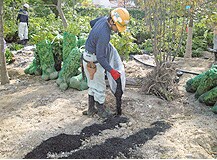
JHEP Certification
We are very impressed that a new green space has been established in the heart of Kyoto city that significantly expands the green area with mostly regionally indigenous trees such as castanopsis sieboldii and quercus glauca. I think that this type of genetic consideration will increase the value of Kyoto city as an international city. As the forest develops, and castanopsis cuspidata and native grasses develop as well, I look forward to the restoration of an even better natural habitat.
Takeshi Seki, Secretary General of the Ecosystem Conservation Society-Japan
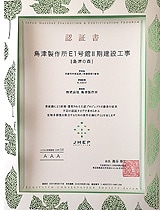
Comments from a Regional Community
In the Nakagyo ward, we are promoting increasing the amount of green areas, based on the theme of symbiosis with Japanese honey bees by having bees raised on the ward office roof, in the Nijojo castle grounds, and a few other places within the ward and by calling on citizens to increase the amount of greenery in their proximity. Therefore, we are hopeful that the large Shimadzu Forest will serve as a regional natural resource that, by allowing local citizens to experience a natural environment in their own neighborhood, will promote interest in developing a community with generous amounts of green. When I imagine all the honey bees flying around the flowering trees being cultivated in the Shimadzu Forest, it makes me excited with anticipation.
Daisuke Oishi,
Regional Promotion Section, Kyoto City Nakagyo Ward Office
